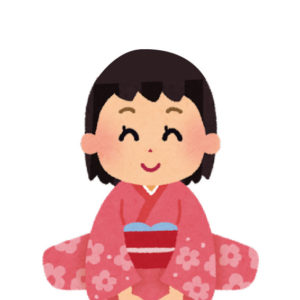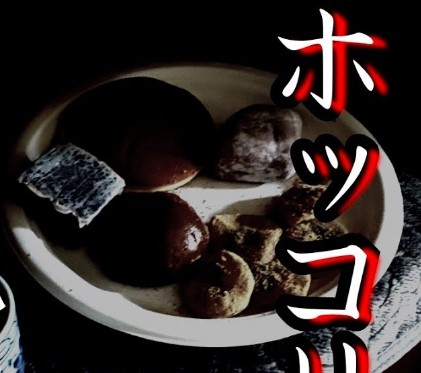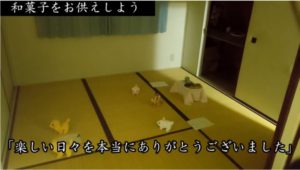Contents
Beginning of the video
Introducing the illustrations received from the viewers.
Main subject
The 10th series of offering unknown things to ghosts
Verification to see the reaction by offering something that Setsu-chan and Tsuchan have never eaten
1st : Maritozzo> Meiji-san “delicious” Showa-san “no answer”
2nd : Tapioca drink> Meiji-san “I don’t want to drink”, Showa-san “Thank you”
3rd : Peyang> Meiji-san “delicious”, Showa-san “delicious”
4th : Fruit sandwich
Setsu-chan “Delicious! Thank you”
Tsu-chan “It’s delicious! Thank you.”
5th: Dagashi
Setsu-chan “This is delicious!”
Tsu-chan “Thank you for always entertaining me.”
6th: Happy Turn
Setsu-chan “I like sweets like this! Happyter!”
Tsu-chan “It seems that if you get one, it won’t stop.”
7th: Homemade bread
Setsu-chan “Well done!”
Tsu-chan “It smells very good”
8th: McDonald’s
Setsu-chan “A lot of delicious smells”
Tsu-chan “It’s delicious, but I liked Miyamoto-san’s bread better.”
9th Disney sweets
Setsu-chan “Mikki is no bad”
Tsu-chan “I love these sweets that you can easily eat”
I’ve come to several unknown food offering series, but I haven’t offered Japanese sweets yet, so
We offered several Japanese sweets (Daifuku, brown sugar bun, dorayaki, warabi mochi etc).
| [What to use] ① Voice imitation doll ② Walking doll |
* Minimize the depiction of moving dolls and the depiction of shadows and sounds.
* Viewer illustrations will not be posted from the perspective of writing and portrait rights.
Reaction


Setsu-chan was happy to applaud





I couldn’t tell if it was “dagashi” or “wagashi”, so Mr. Miyamoto once bought them all at once.」


Video saying “Dagashi” or “Wagashi”
Japanese sweets that the ghost Tsu-chan would have eaten at the end of this series

8 Types of Wagashi (Traditional Japanese Sweets)
Japanese Traditional Sweets (Wagashi)
https://www.japan-guide.com/e/e2312.html
Wagashi (和菓子) are traditional Japanese sweets that are typically enjoyed in combination with a cup of green tea. They are made in a wide variety of shapes and consistencies and with diverse ingredients and preparation methods. Some are popular across the country and around the year while others are only available regionally or seasonally.
Sweet azuki bean paste (anko) is a central ingredient in a large number of Japanese sweets. Boiled azuki beans are sweetened with sugar and mashed to create either smooth anko (koshian) or chunky anko (tsubuan). Other common ingredients for wagashi include rice cakes (mochi), rice flour, Japanese agar (kanten), sesame paste and chestnuts.

